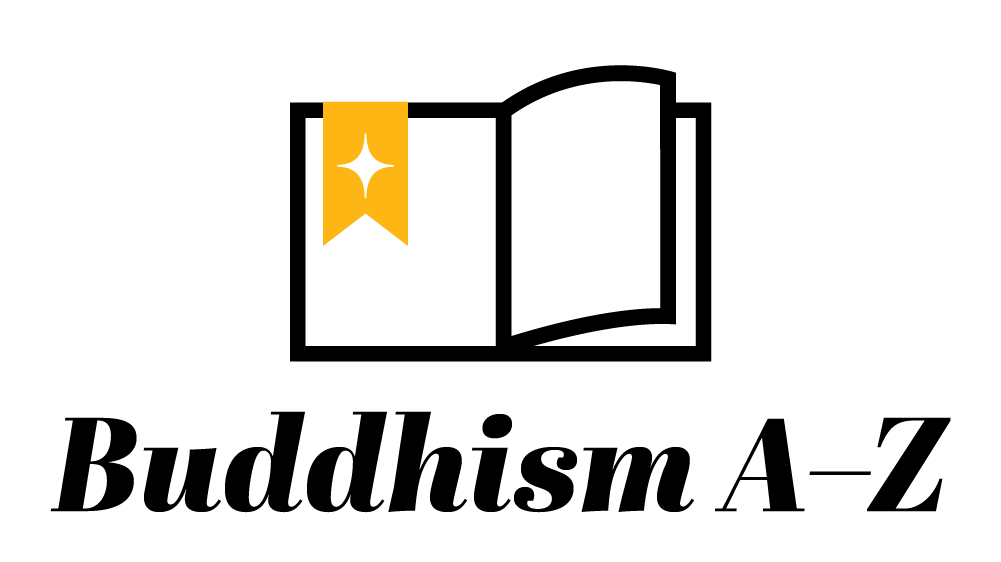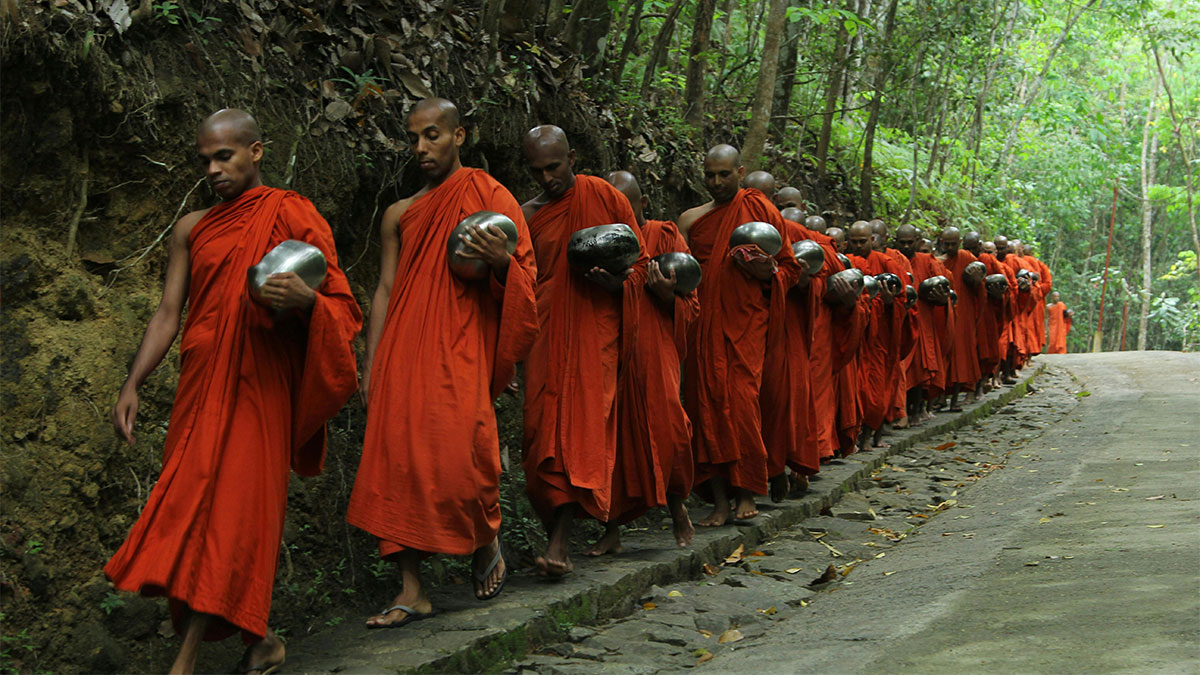The Buddhist monastic tradition is one of the world’s oldest human institutions. It encompasses a wide variety of orders and monasteries, most of which adhere to the original outlines of the Buddhist monastic tradition established at the time of Gautama Buddha in the fifth century BCE.
Origins and Development of Buddhist Monasticism
The tradition emerged from the way of life of the wandering ascetics who Siddhartha Gautama had practiced with. When he decided to teach, he accepted a group of fellow renunciants as followers. There were no monasteries at that time. Practitioners relied on lay people for whatever food and clothing they needed. They traveled in groups, camped on the outskirts of towns, practiced in the forest, and taught dharma in return for alms.
According to Buddhist texts, retreats and gardens were donated by wealthy citizens for monks and nuns to stay in during the rainy season, a retreat time prescribed by the Buddha. This rainy season retreat is still practiced to this day in some monasteries.
The communal living during the rainy season gradually led, after the Buddha’s death, to stationary monastic living in communities of practitioners. Historical research indicates that many monasteries seem to have grown up in northern India in the decades and centuries following the Buddha’s death, leading to the eventual development of large monastic universities that housed thousands of resident monks.
Beginning in the sixth century, organized monasticism in India began to decline. However, it had already begun to spread to Sri Lanka, Southeast Asia, Tibet, and the Himalayan region generally, eventually reaching China, Japan, and Korea. During the 20th Century, Buddhist monasticism expanded outside Asia, resulting in the establishment of Buddhist monasteries in Europe, Australia, Africa, and North and South America.
Monastic Rules and Activities
The Pratimoksha (Skt.; Pali, Pattimokka ) is a list of rules contained within the Vinaya body of the Buddha’s teachings that governs the behavior of Buddhist monastics. Prati means “towards” and moksha means “liberation” from cyclic existence (samsara).
Many of the rules emerged from observation of what was more or less workable in communal living and in order to favor uniformity over individuality. It became customary to recite these rules once a fortnight at a meeting of the monastic sangha during which confession takes place. In general, Buddhist monastics are celibate, wear uniform clothing, shave their heads, and have few possessions.
Monastic life generally includes meditation practice, study of scriptures and commentaries, communal rituals, daily routines of upkeep and administration, and adhering to a code of conduct. Monastics also serve the lay Buddhist community by teaching, performing ceremonies, and providing pastoral care and guidance.
Ordination
Becoming a monk or nun involves a formal ordination process in which an individual takes vows and receives a new monastic name. The process varies depending on the Buddhist tradition and lineage. In many orders, a would-be monastic must first become a novice, adopting part of the Vinaya and studying in preparation for full ordination. The name for this level of ordination varies from one tradition to another. In Pali, the word is samanera. A fully ordained monk in Theravada is known as a bhikku, and a nun as a bhikkuni.
Many orders allow for temporary ordination for a set period of time, such as three months, six months, or a year.
Buddhism A–Z
Explore essential Buddhist terms, concepts, and traditions.

